The Role of the Motor Parkway in the Development of the Cruise Missile
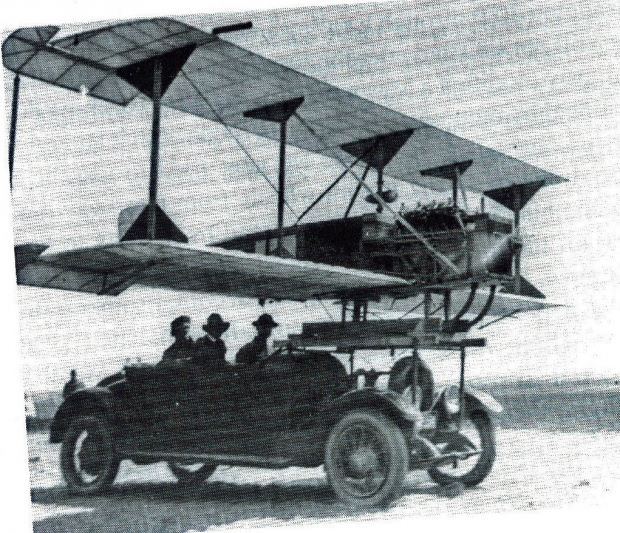
Hard to believe the Long Island Motor Parkway is connected to the development of the cruise missile? I doubted it too when Sam Berliner III, the esteemed convenor of the Long Island Motor Parkway, forwarded a Wikipedia reference to the Motor Parkway and a "Flying Bomb". Never totally trusting the Wiki, I searched and found the best references on cruise missiles and confirmed the role of the Motor Parkway.
Enjoy,
Howard Kroplick
"Unmanned Aviation" Lawrence R. Newcome
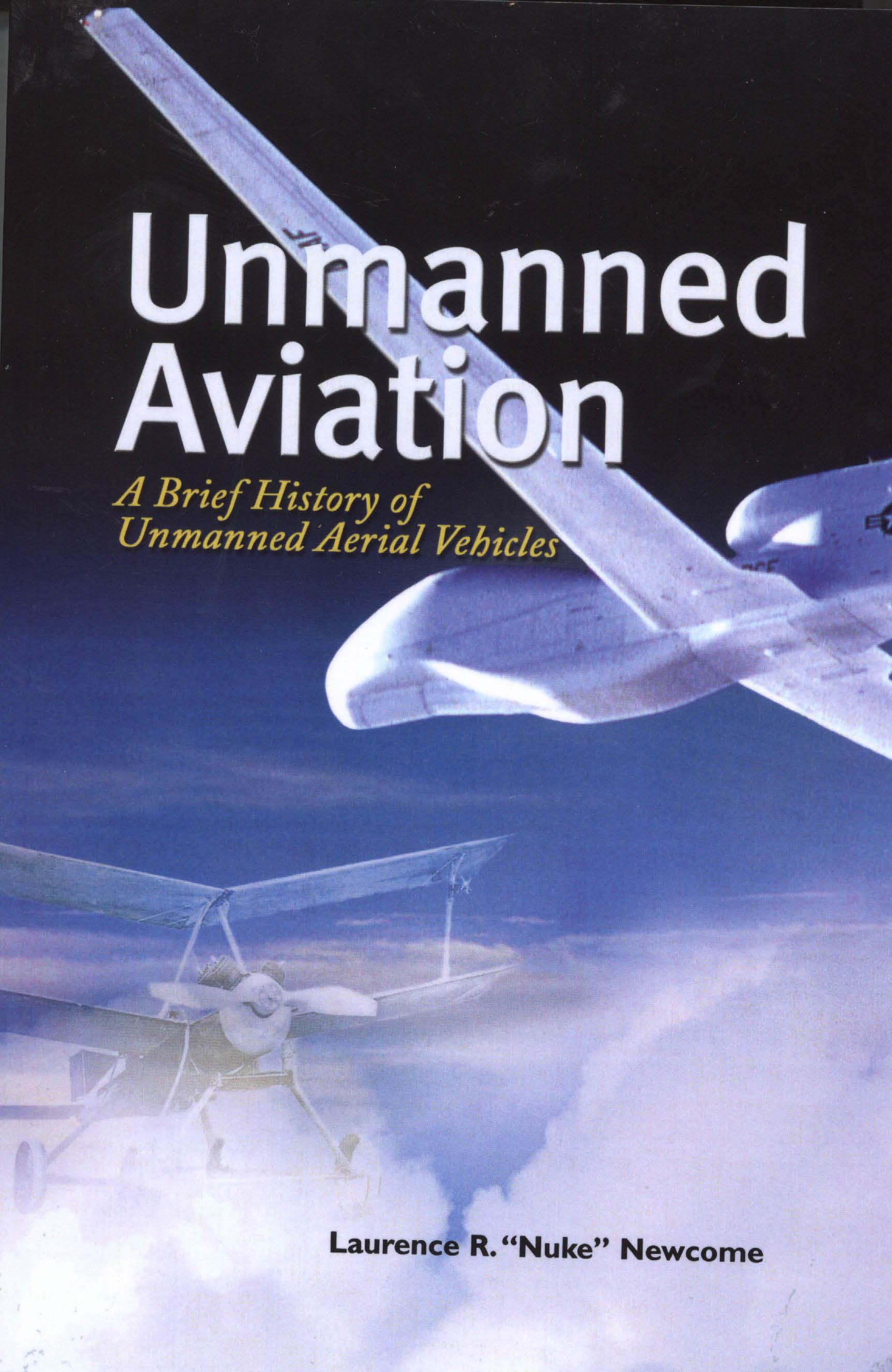
Laurence R. Newcome (1950-2010) grew up in Louisiana and Mississippi, attended Louisiana State University where he received a B.S. in Aerospace Engineering. He served a distinguished career as a U.S. Air Force Officer and then worked as an aviation consultant in the field of unmanned aerial systems where he made significant contributions and became well known and respected in the field. In 2004, he wrote the book "Unmanned Aviation- A Brief History of Unmanned Aerial Vehicles".
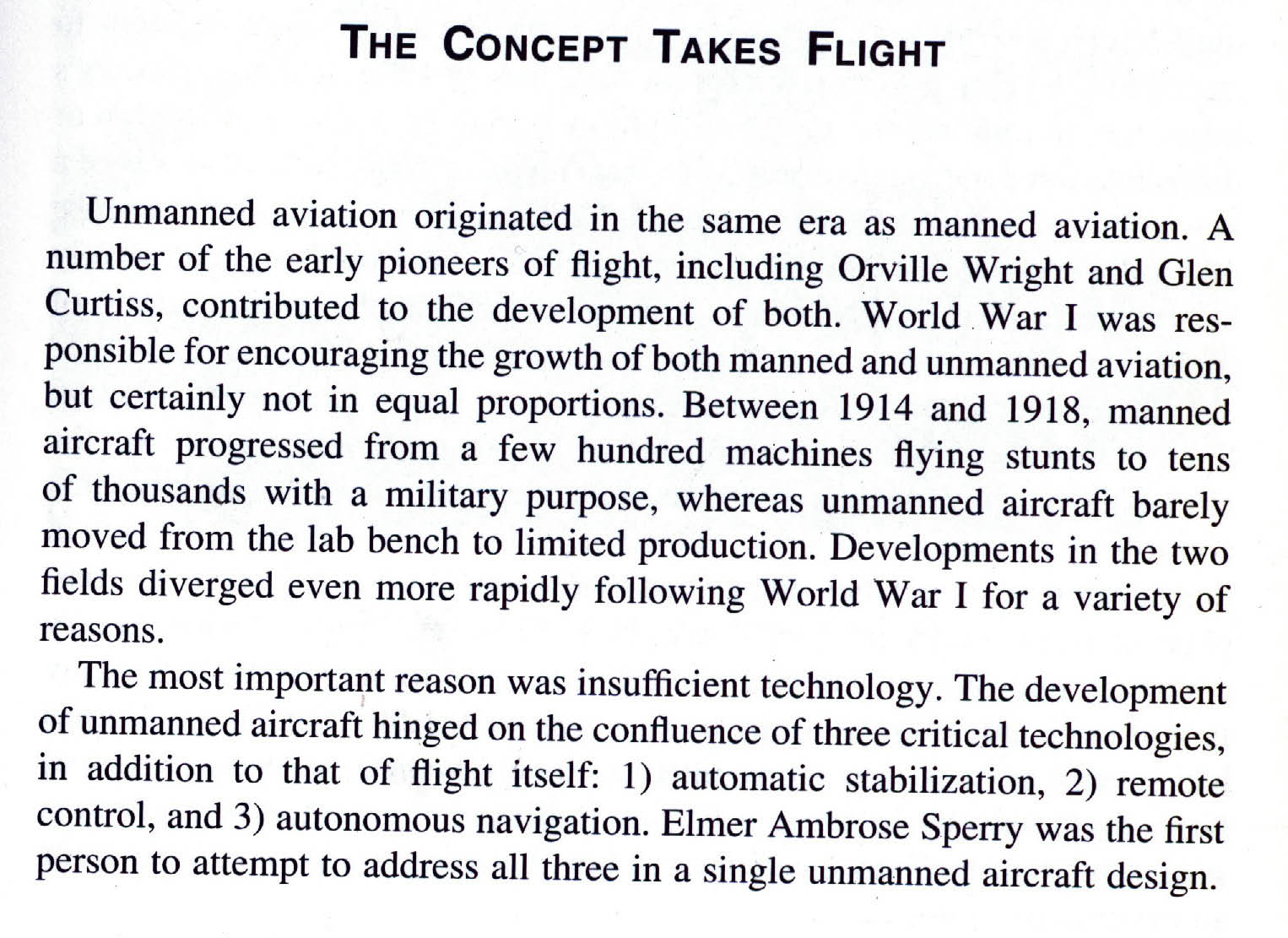
Chapter 3 of his book focused on the development of the concept of UAVs.
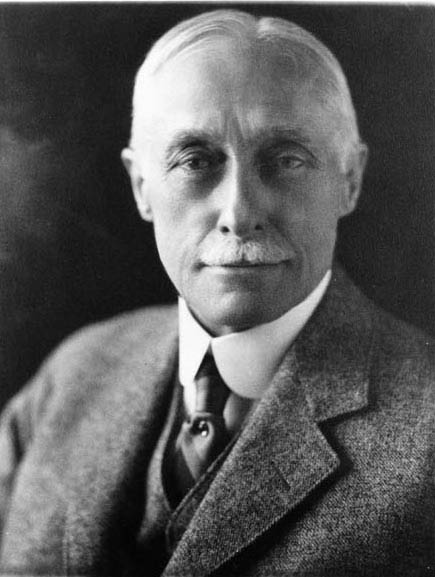
Elmer Ambrose Sperry (1860-1930)
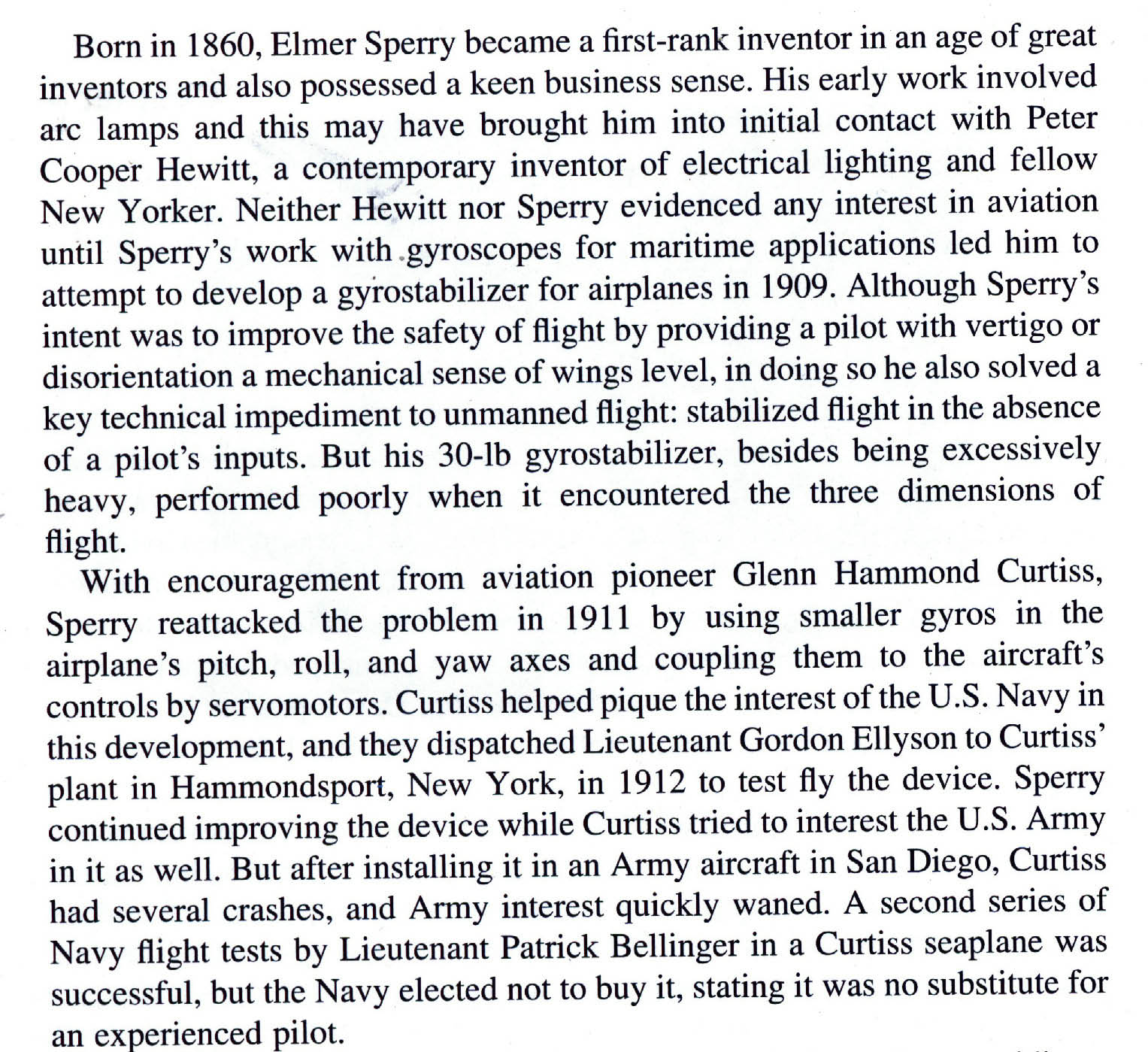
"Although Sperry's intent was to improve the safety of flight by providing a pilot with vertigo or disorientation a mechanical sense of wings levels, in doing so he also solved a key technical impediment to unmanned flight; stabilized flight in the absence of a pilot's inputs."
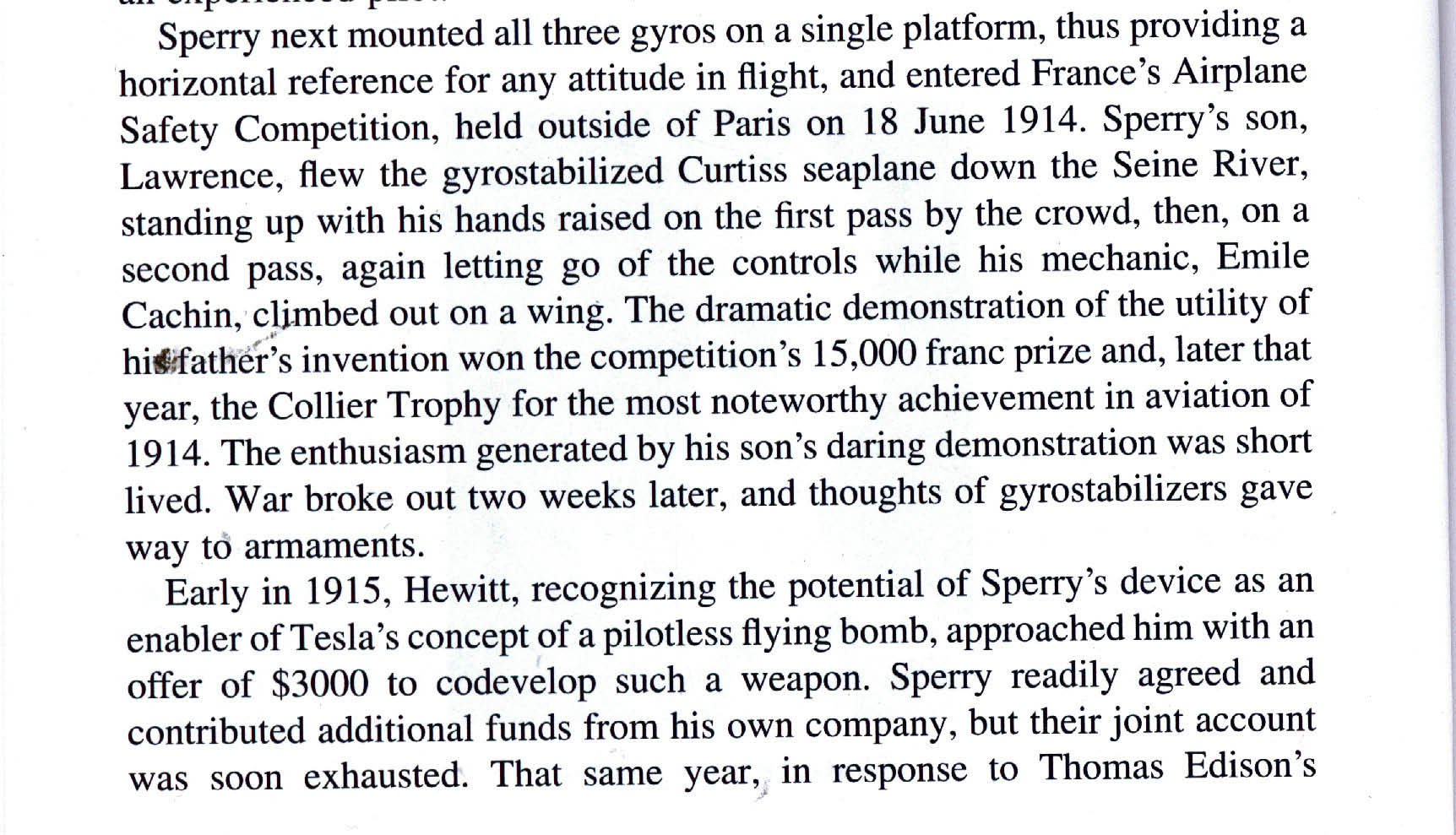
"With the encouragement from aviation pioneer Glenn Hammond Curtiss, Sperry reattacked the problem in 1911 by using smaller gryros in the airplane's pitch, roll and yaw axes and coupling them to the aircraft's controls by servomotors."
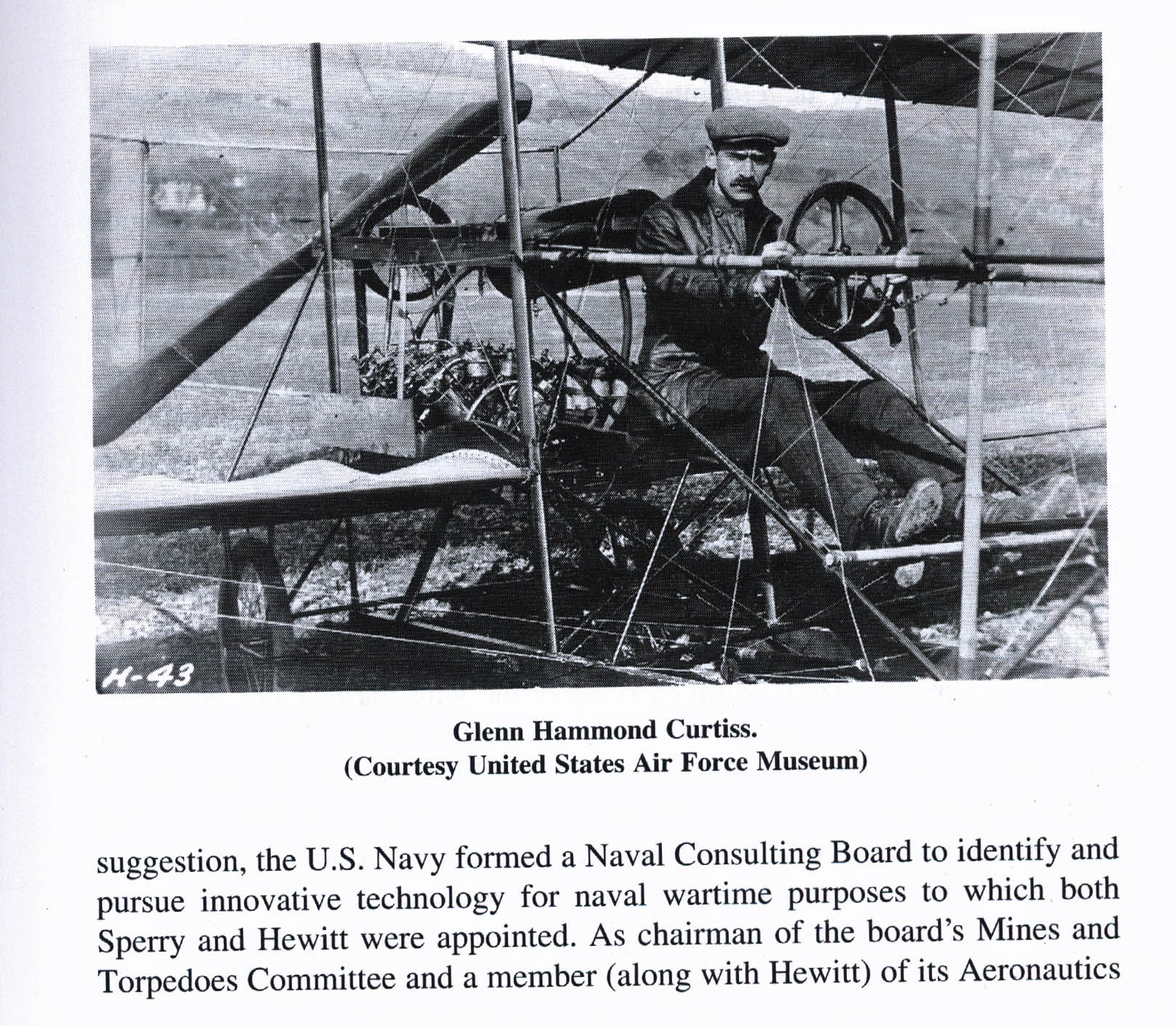
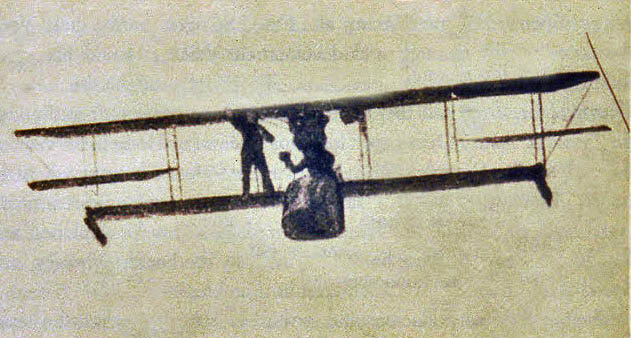
Demonstration of the Sperry Gryostabilizer in Bezons, France, France, June 1914. Mechanic Emile Cachin on the wing with Lawrence Sperry with his hands raised in the pilot's seat.
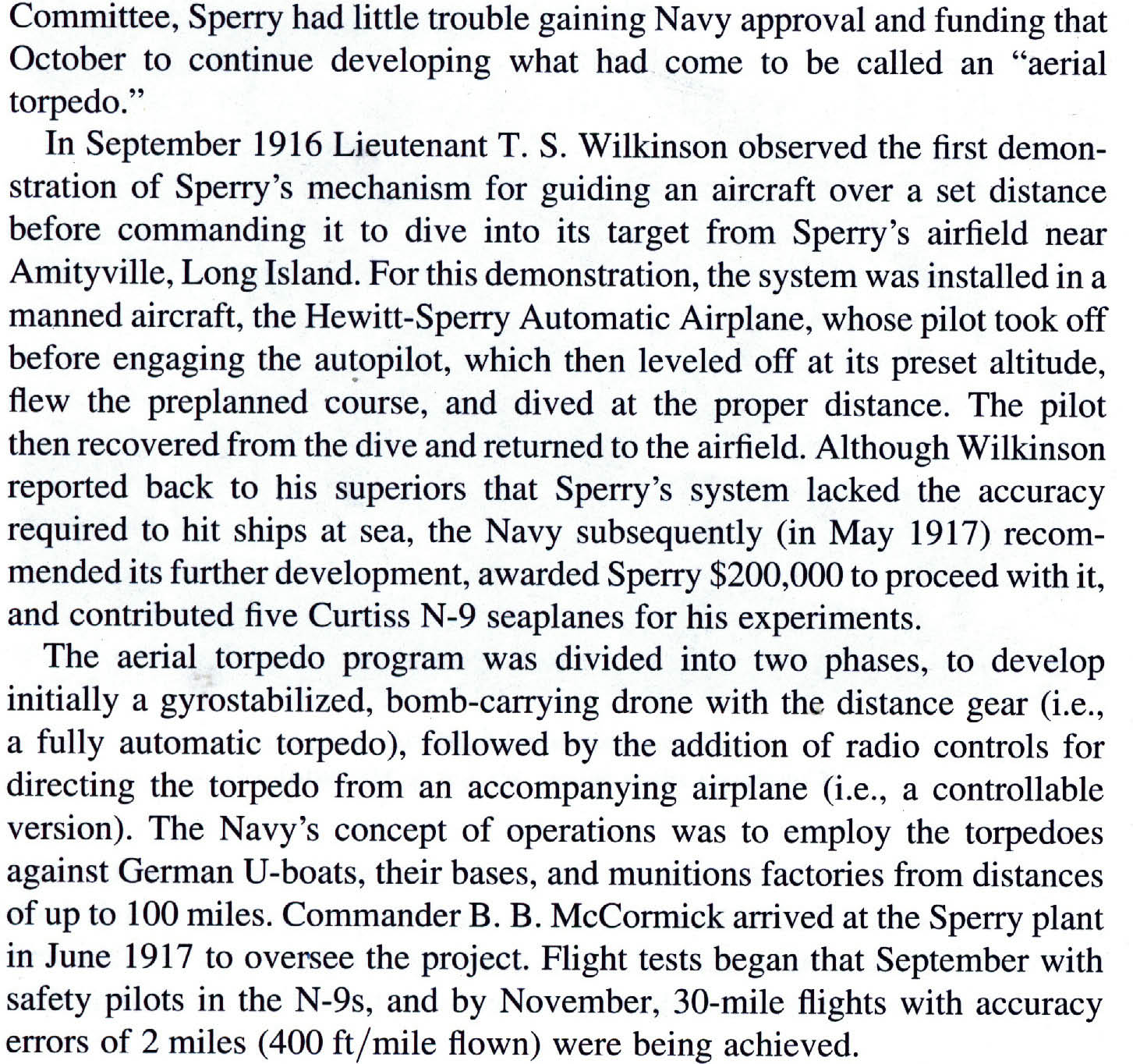
"In September 1916 Lieutenant T.S. Wilkinson observed the first demonstration of Sperry's mechanism for guiding an aircraft over a set distance before commanding it to dive into its target from Sperry's airfield near Amityville, Long Island. For this demonstration, the system was installed in a manned aircraft, the Hewitt-Sperry Automatic Airplane, whose pilot took off before engaging the autopilot, which then leveled off at its preset altitude, flew the preplanned course, and dived at the proper distance."
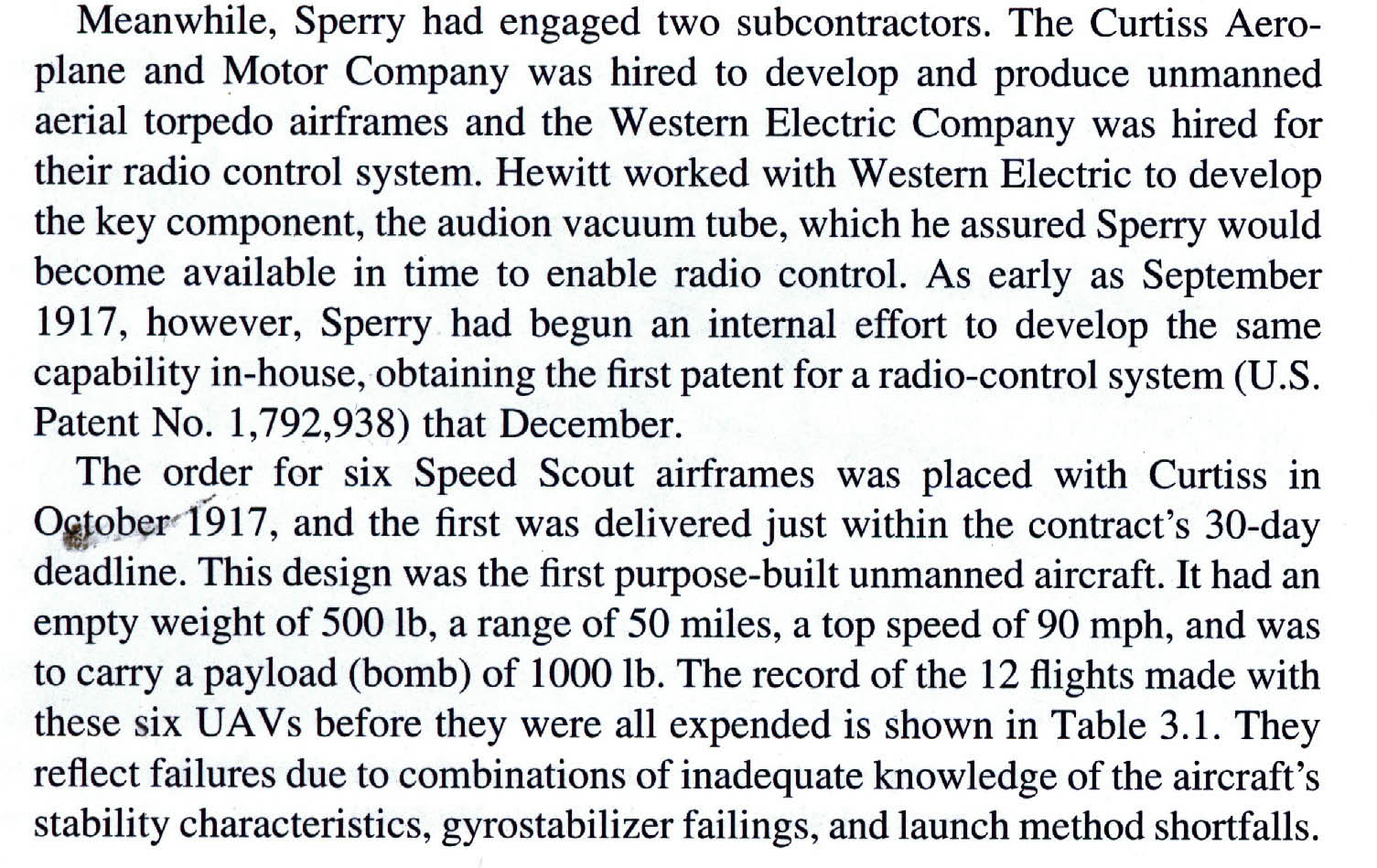
"The order for six Speed Scout airframes was placed with Cutiss in October 1917, and the first was delivered just within the contract's 30-day deadline. This design was the first purpose-built unmanned aircraft."
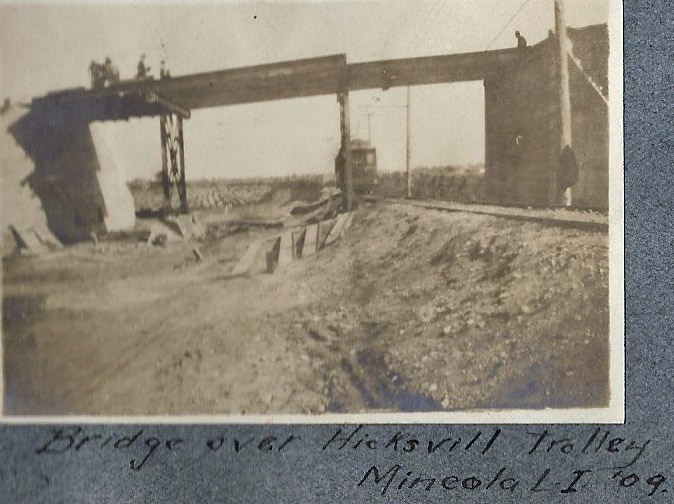
"After the first four unsuccessful flight attempts, Lawrence Sperry modified two of the aircraft for manned flight, and jtest flew them himself, nearly killing himself twice in an attempt to characterize their flying properties. The autopilot that had worked so consistently on the N-9 trials proved incapable of stabilizing the aerial torpedo after catapulting due to precession from the sudden acceleration. Finally, three means of launching the aircraft were devised, used and discarded before a reliable catapult was developed.""
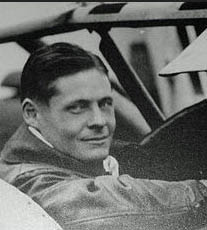
Lawrence Sperry (1892-1923)
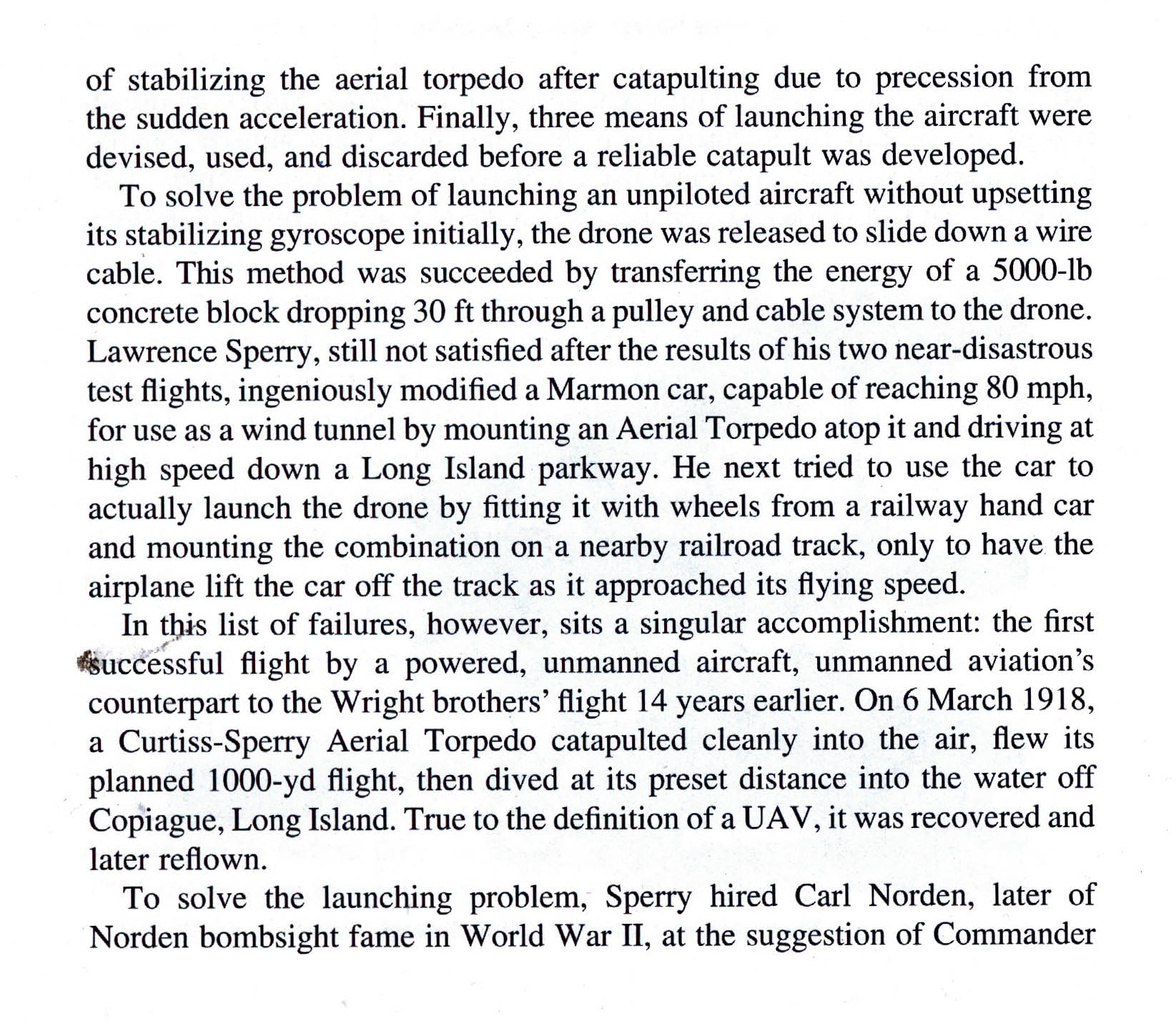
"Lawrence Sperry, still not satisfied after the results of his two near-disastrous test flights, ingeniously modified a Marmon car, capable of reaching 80 mph, for use as a wind tunnel by mounting an Aerial Torpedo atop it and driving down a Long Island parkway."
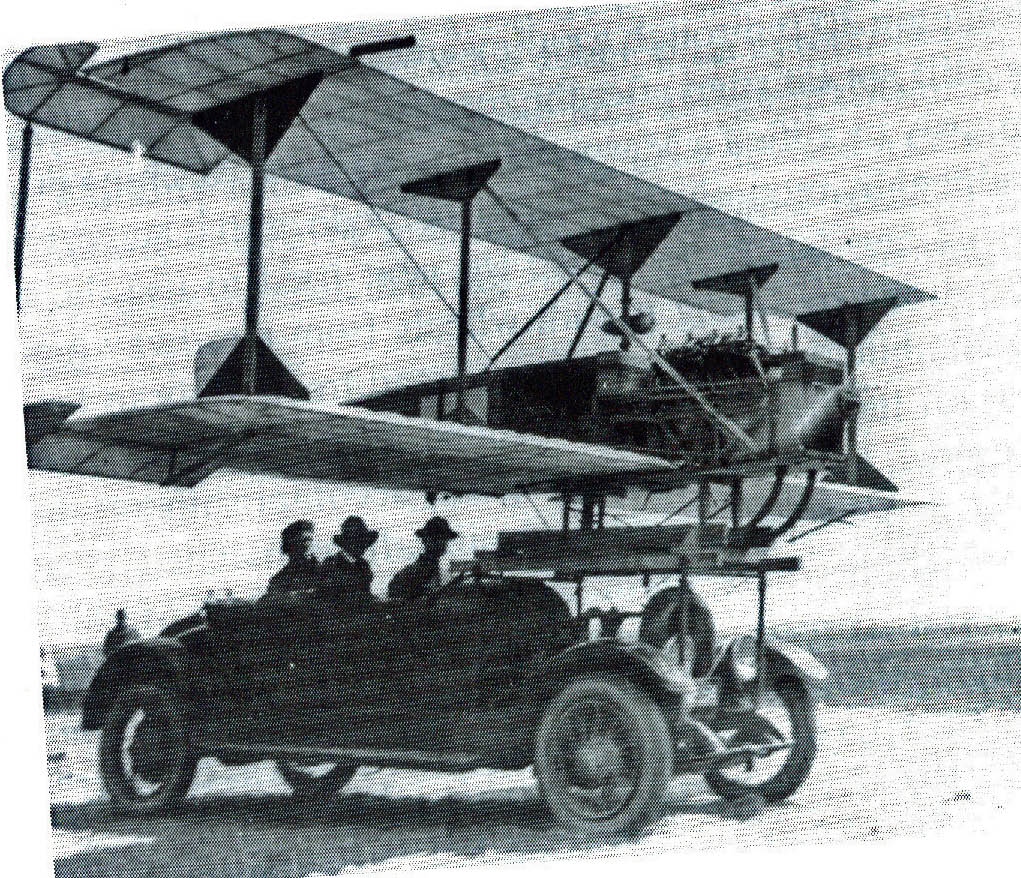
Testing the Aerial Torpedo on the Long Island Motor Parkway.
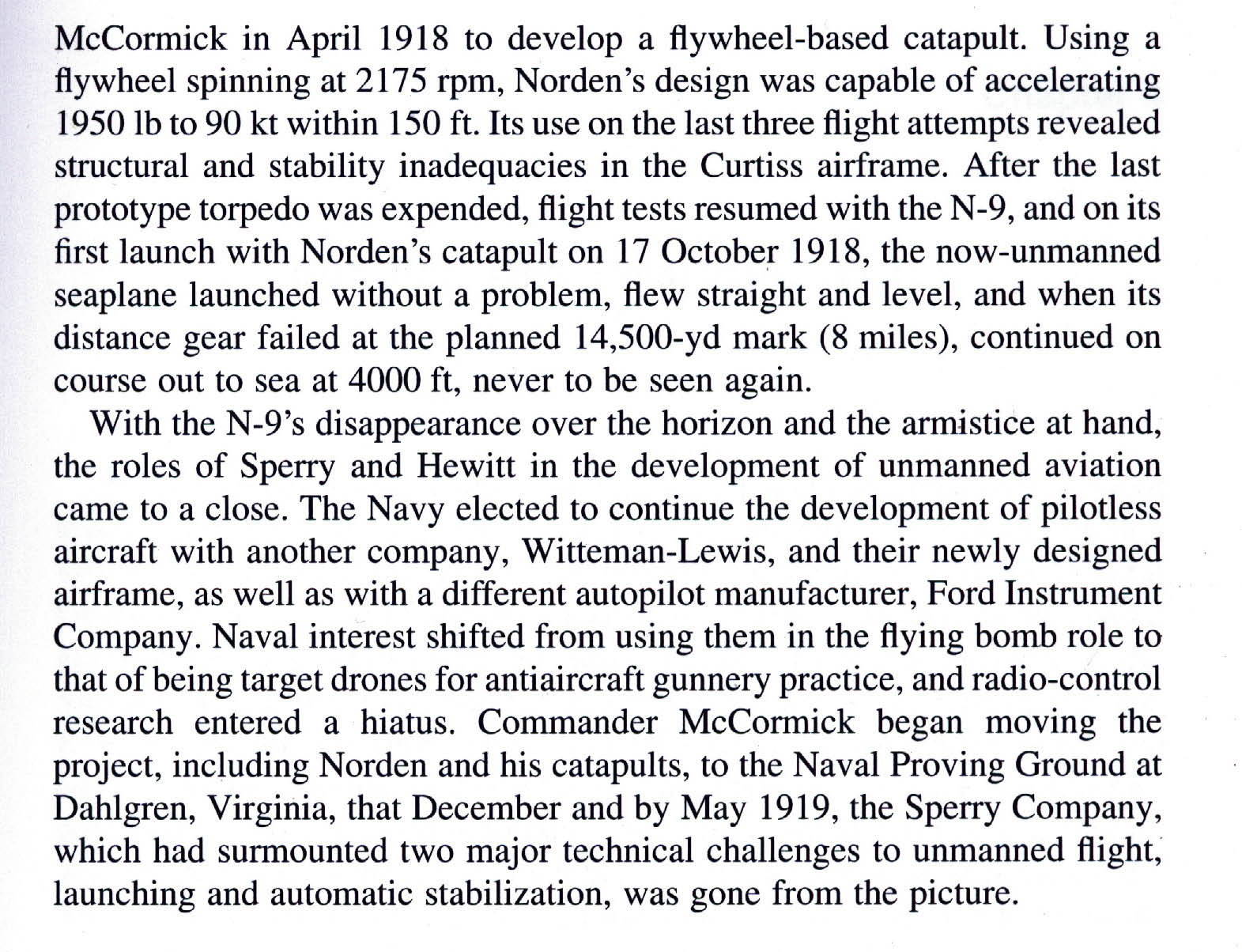
"After the last prototype torpedo was expended, flight tests resumed with the N-9.."
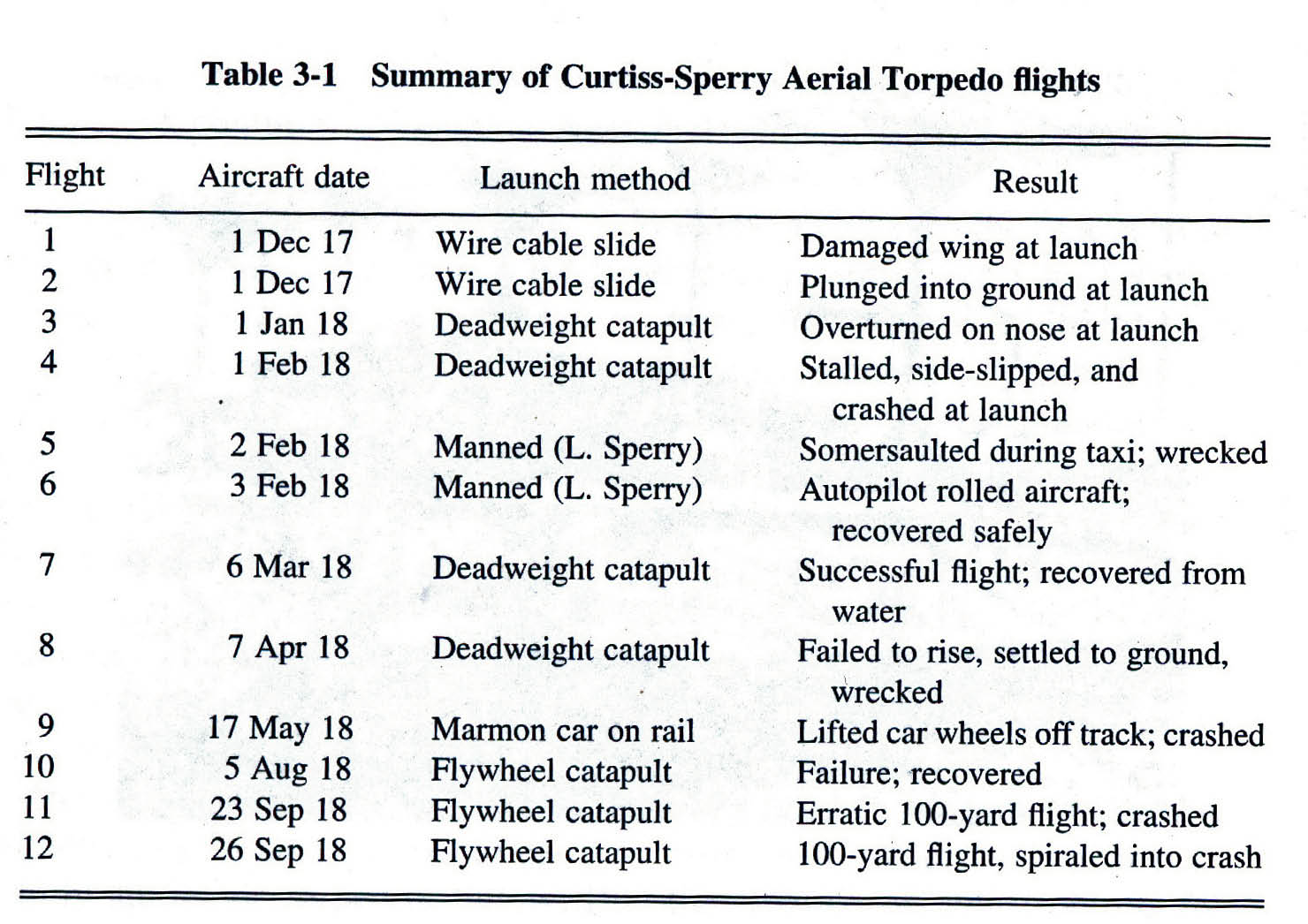
The record of the 12 flights made with the six UAVs before they were all expended.
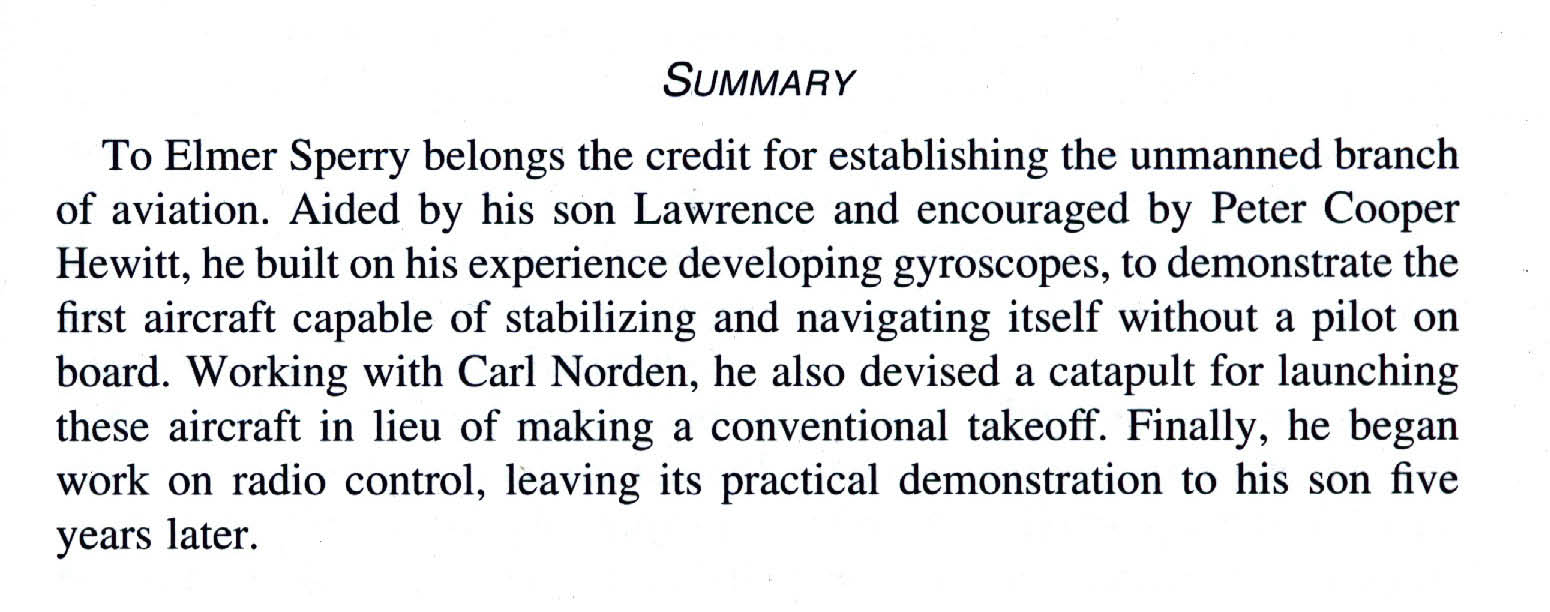
"To Elmer Sperry belongs the credit for establishing the unmanned branch of aviation."
Related Images
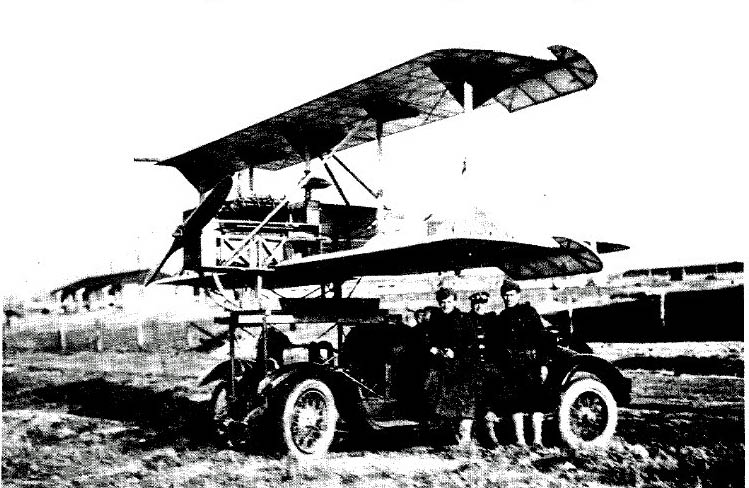
Another photo of the Curtiss-Sperry Flying Torpedo on top of the Marmon. Note the concrete posts in the background, probably the border of the Long Island Motor Parkway.
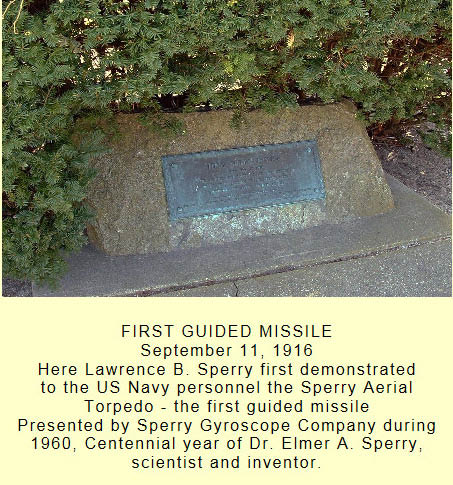
To commemorate the September 1916 demonstration of the Aerial Torpedo, a plaque was placed in 1960 at Ocean Avenue and Unqua Place in Amityville by Sperry Gyroscope Company.
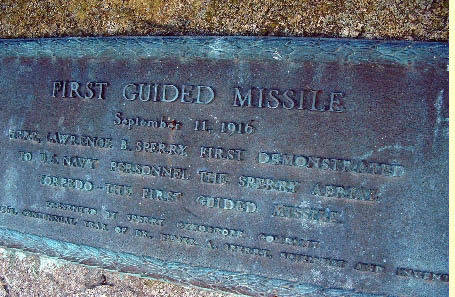
FIRST GUIDED MISSILE
September 11, 1916
Here Lawrence B. Sperry first demonstrated
to the US Navy personnel the Sperry Aerial
Torpedo - the first guided missile
Presented by Sperry Gyroscope Company during 1960 Centennial Year of Dr. Elmer A. Sperry, scientist and inventor.
Update: February 24, 2013

Replica of the Curtiss/Sperry Aerial Torpedo at the Cradle of Aviation Museum, East Garden City, NY.

Comments
One of these programmable bombs was on display at the Aviation Museum in Garden City some years ago. Perhaps it’s still in its collection.
Best,
Art
You doubted ME, Howard? Perhaps we should add that Lawrence B(urst). Sperry (born 22 Dec 1892; Chicago) was the third son of gyrocompass co-inventor Elmer Ambrose Sperry and his wife Zula, invented the first autopilot and the artificial horizon. and died on a flight over the English Channel 23 Dec 1923.
From Richard W:
” Howard. I wrote you some time ago about a 1922 Marmon Model 34 Speedster that I once owned. The Marmon used by Sperry to test his autopilot looks like a model 34. I know they made that model in 1921 and maybe earlier. Any idea the date of the test on the Motor parkway?
INTERESTING
Hi Howard Nice film of the classic cars in Havana,they most be very popular their. I’m curious to know as to when it was taken and if it is what they drive everyday
Earlier, Richard; the run with the Marmon was on 06 March 1918. Sam, III
Richard and Sam III:
According to Laurence Newcome and other UAV historians, the March 6, 1918 flight was launched from a deadweight catapult not the Marmon. Sometime from April 7, 1918 to May 17, 1918, the Flying Torpedo was tested on an unknown section of the Motor Parkway. Apparently , the Marmon acted more like a wind tunnel rather than a launching pad. On May 17, 1918, a launch was attempted with the Marmon car modified for an LIRR track. The launch failed when the airplance becgan lifting the Marmon “off the track as it approached its flying speed”.
Art, I am meeting later this week with Josh Stoff, the curator of the Cradle of Aviation, and will check out their archives and exhibits.